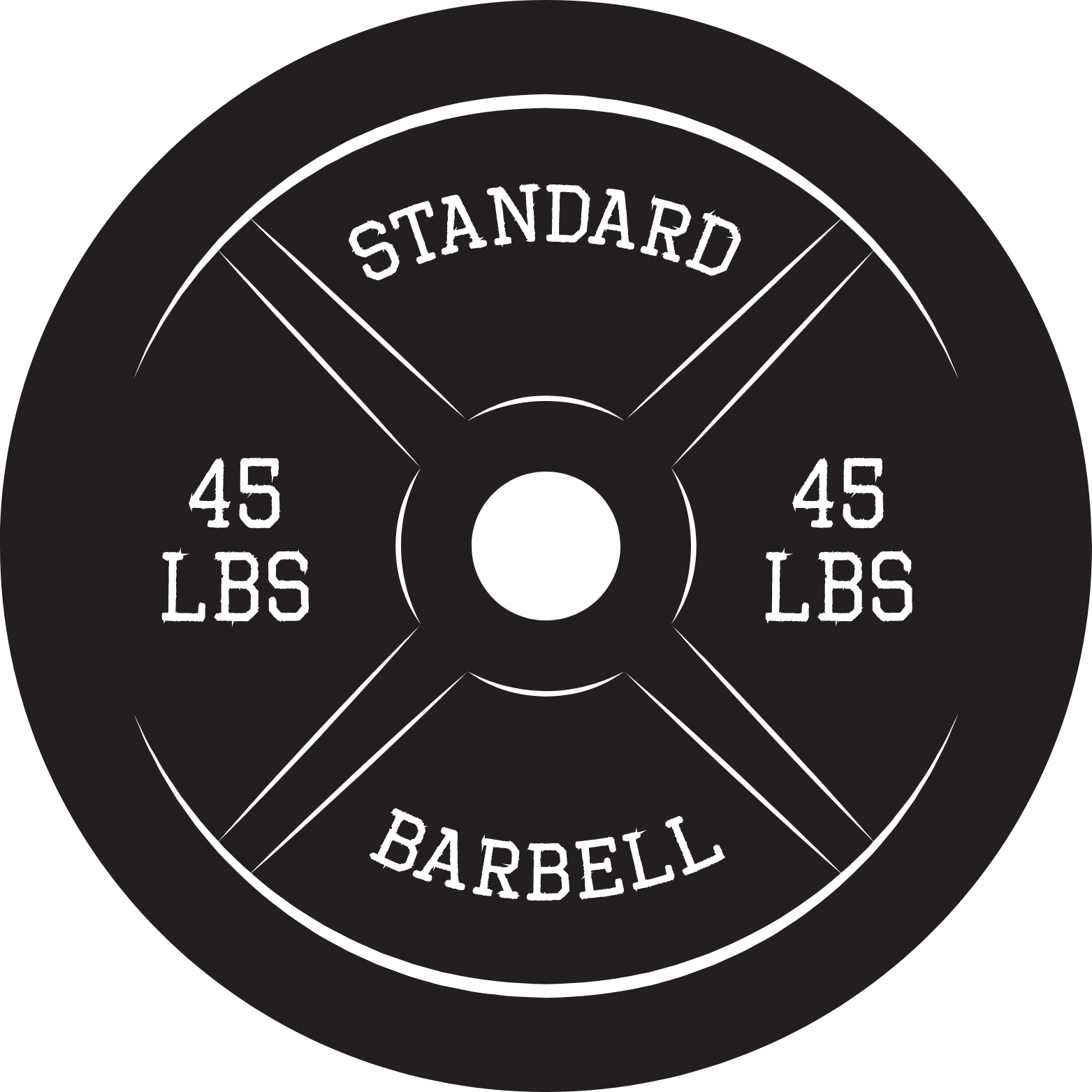Empowering Women with Knowledge, Strength, and Equity
1. A History of Exclusion and Systemic Bias
Women’s underrepresentation in medical research goes back decades. One early blow came in 1977, when the FDA broadly excluded women of reproductive potential from early-phase clinical trials as a precaution after the thalidomide tragedynbut this effectively marginalized most premenopausal women in medical research for years.
Though progress was made by 1993 Congress mandated inclusion of women in NIH-funded research, and the FDA established an office to promote this inclusion disparities persist even today.
2. Stark Underrepresentation in Trials
- On average, women account for only about 41.2% of clinical trial participants, despite comprising roughly half of the population.
- In disease specific research, disparities are pronounced:
- Cardiovascular disease: Women make up 49% of patients but only 41.9% of trial participants.
- Cancer: 51% of patients are women, yet just 41% participate in trials.
- Psychiatric disorders: Women represent 60% of cases but only 42% of trial participants.
- In the UK, clinical trials often exclude women: male only trials accounted for 6.1%, while female only trials were just 3.7%. Pregnant and breastfeeding women were even more under-represented only 1.1% and 0.6% respectively.
3. The Real-World Impact: Misdiagnosis, Delayed Treatment & Adverse Reactions
- Cardiovascular disease is the leading cause of death in women, yet the research has historically leaned male-centric. This has led to under-recognition of symptoms and delayed intervention a phenomenon known as Yentl syndrome .
- Conditions like PCOS and endometriosis remain under-studied and take years to diagnose, often dismissed as psychosomatic; for instance, diagnosis delays of up to 7 years are not uncommon.
- A staggering only 1% of non-cancer research funding focuses on conditions unique to women.
- In 2019, endometriosis research received just $13 million USD, amounting to only about $1 per patient per year.
4. Economic & Social Costs
- An analysis by WHAM and RAND suggests that doubling NIH’s $350 million investment in women’s health could yield a remarkable $14 billion economic return in just three years.
- Advocates like Mandy Moore highlight that just 11% of NIH annual budget goes to women’s health resulting in delayed diagnoses and less effective treatment development.
- Meanwhile, a massive $2.5 billion initiative by the Gates Foundation aims to advance women’s health R&D but even this is acknowledged as insufficient relative to the scale of the gap.
5. Why This Matters for Fitness
- Training without evidence: Women often follow fitness protocols based on male-dominant studies, ignoring hormonal cycles, iron metabolism, bone density differences, or recovery patterns.
- Injury risk: Without female-specific research, movement patterns like biomechanics of high-impact workouts such as boxing can lead to higher rates of pelvic floor or joint injuries.
- Performance plateau: Hormonal fluctuations or phases (such as menstrual cycle, low estrogen, or perimenopause) can significantly affect energy, muscle growth, and recovery, but remain underexplored scientifically.
- Motivation & Health Equity: Research shows only 33% of women meet the federal weekly exercise guidelines, compared to 43% of men. However, women reap greater cardiovascular benefits from moderate exercise 36% reduction in risk vs 14% for men. Without targeted research and tailored guidance, women miss out on both effectiveness and encouragement.
What NK Boxing Are Doing To Lead The Change:
1. Build awareness through blog posts that highlight:
- How research gaps hinder training and recovery.
- The importance of inclusion in clinical trials and evidence based female fitness protocols.
2. Bring evidence to life:
- Share stories of women navigating hormonal issues like PCOS or menopause while staying active.
- Refer to research backed strategies for iron, bone health, or recovery.
3. Advocate and educate:
- Highlight organisations and initiatives helping bridge the gap such as Gates Foundation, WHAM.
- Encourage readers to support equitable research and engage with clinicians aware of female-specific needs.

